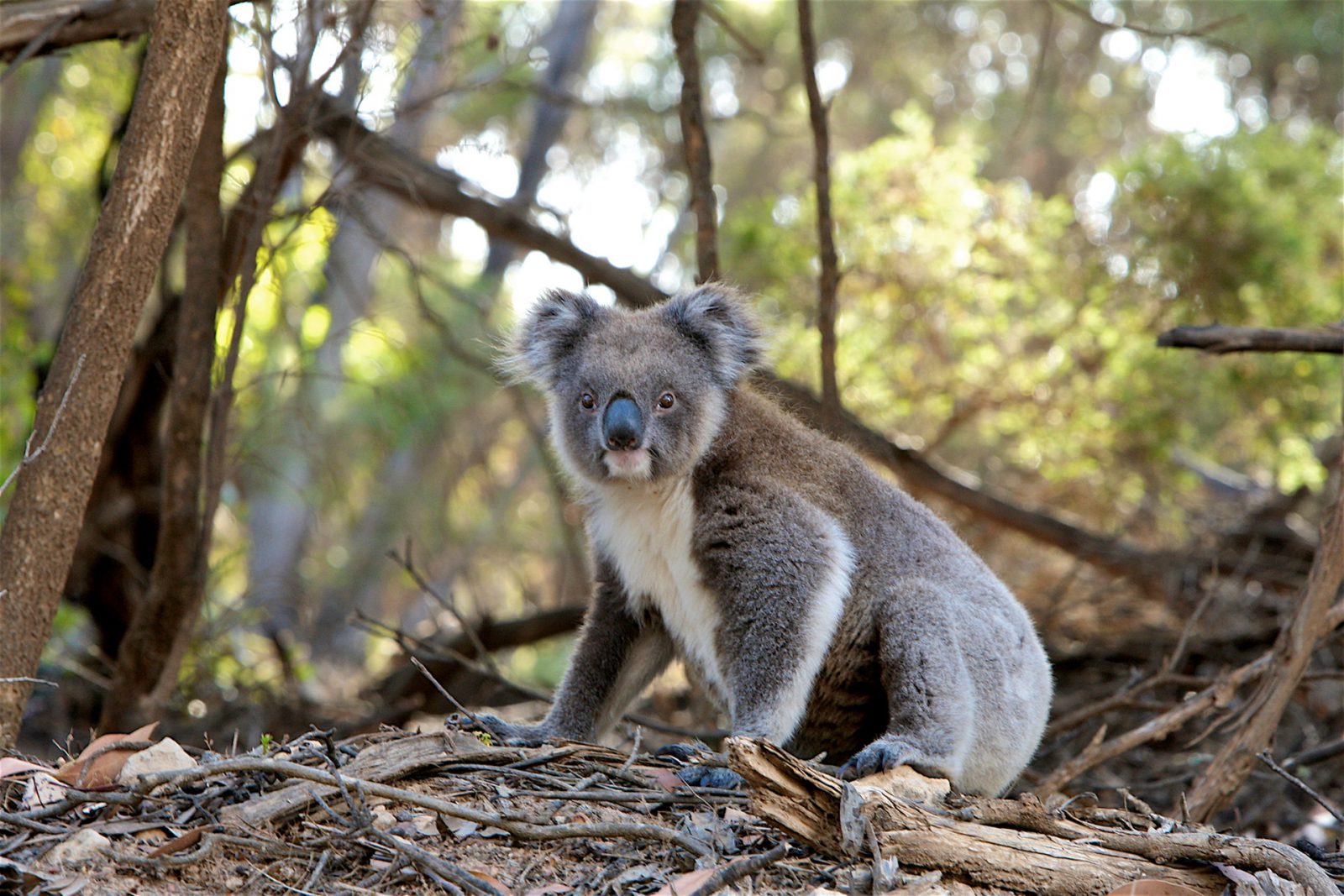

Applied Animal Behaviour Science, Volume 154, 76 – 82 Number of nearby visitors and noise level affect vigilance in captive koalas. Harassing or harming wildlife is a crime, and the police should be called if the harassment does not cease immediately.ġ. This may be ignorance rather than intentional cruelty, but it has the same negative effect on the koalas. At Magnetic Island in Queensland I heard an Australian family threaten to throw something at a koala because he wouldn’t look at them for their photograph. We once saw a young girl aim a slingshot at a sleeping wild koala in the You Yangs – luckily we were there and could put a stop to it. In another area, people have been seen throwing sticks and stones to get a koala’s attention. Near Kennett River on the Great Ocean Road tourists have been reported climbing trees to get closer to wild koalas. Sadly, we have recently heard of some disgusting human behaviour towards wild koalas in other areas. It is also just simply good animal welfare practice, which is important to us as a Social Enterprise with a mission to conserve wild animals. So we try to avoid disturbing the koala any more than necessary. Meet some of the wild koalas in our Wild Koala Research Project here.įor us, visiting the same koalas on a regular basis, we have to develop a positive, or at least benign, relationship with these koalas. But how many times has that happened to that koala? And each time it doesn’t work, does someone make a louder noise? Or shake the tree, or throw something at the “unco-operative” koala? This is totally unacceptable of course, but it starts with a small disturbance and builds.Īll Echidna Walkabout wildlife tours are conducted in compliance with this code. Why? This is so tempting, and people do it a lot. Do not try to get the animal’s attention by making noises.

The same study (1) mentioned earlier also tested captive koalas’ reaction to noise levels of humans, and found that increasing noise led to increased vigilance behaviour (stress) in the koalas.

It may be partly the noise – though in the case mentioned, the stationary humans continued to talk – or it may be the movement. We have also noticed that if a large group of humans stays still in one location and one human walks to the other side of the tree, the koala will move away to avoid the moving human. Why? As mentioned in the point above, a nervous koala will move their body away from a human. Avoid excessive movement or noise around wild koalas. For an animal on a low-energy diet, this vigilance is a waste of their precious resources. Less nervous koalas will still look in the direction of the humans on the ground, and if those humans are in all directions the koala keeps looking from side to side. If people are in all directions, the koala finds this very difficult to achieve. Why? Very nervous koalas will often move their body so the tree is between you and them. Wild koalas are likely to be even more sensitive, so our self-imposed 10 metre limit is justified. Interestingly, a recent scientific study (1) has found that captive koalas subjected to people at close proximity (5 metres) do experience higher levels of stress than when the people are further away. So we have formulated this rule as a basic safe and respectful distance. Unhabituated koalas often wake up, become very rigid and will sometimes climb higher when humans approach. Why? Even without touching the tree, a wild koala can become distressed if humans approach too close. Maintain a distance of 10 metres (horizontal) from any wild koala. Also, two of the koala’s few predators – man and goannas – would have climbed to reach a koala, so anything large touching their tree should provoke a reaction. We believe that the tree itself is that koala’s personal space for the day, and touching it is a form of trespass. Why? We have noticed that a sleeping koala will look up if their tree is touched, even when they are high and the tree is touched quite gently. Never touch the tree a koala is sitting in. Avoid excessive movement or noise around wild koalas, 5. Maintain a distance of 10 metres (horizontal) from any wild koala, 3. Never touch the tree a koala is sitting in, 2. So, back in 2006 we formulated this Sustainable Wild Koala Watching Code: 1. Over 27 years researching wild koalas we have noticed that some human behaviour causes koalas to respond negatively.


 0 kommentar(er)
0 kommentar(er)
